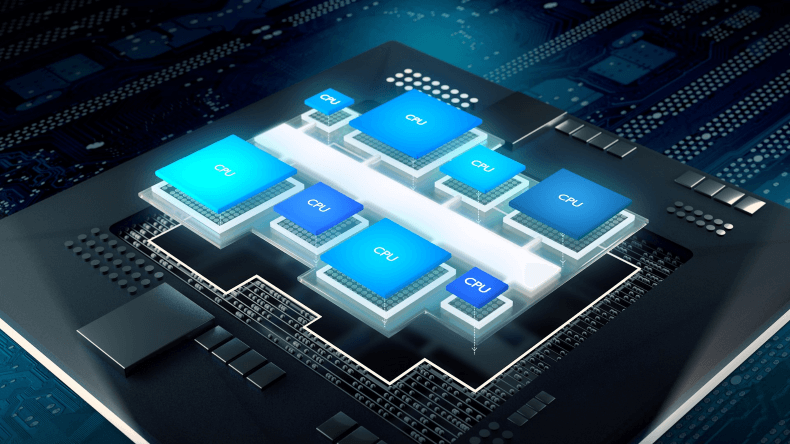 EMERGING TECH
EMERGING TECH
 EMERGING TECH
EMERGING TECH
 EMERGING TECH
EMERGING TECH
Smartphone chip designer ARM Holdings plc showed off its latest microprocessor design today, touting its ability to support intelligent systems in everything from phones and personal computers to connected cars and more.
The new multi-core, micro-architecture goes by the name of DynamIQ, and will serve as the foundation for the next generation of Cortex-A processors, the company said. ARM’s microprocessors have traditionally been focused on powering smartphones and tablets, but the company said DynamIQ is flexible and versatile enough that it can support intelligent systems on just about any kind of device.
The new design marks a big departure for ARM, whose chips have until now always been focused on power efficiency in order to deliver a longer battery life. But although that focus has allowed the company to crush Intel Corp. and utterly dominate the smartphone industry, its chips don’t pack enough punch for newer applications like machine learning and virtual reality. To remedy that, ARM is adding more cores and faster pipelines into smaller spaces to beef up performance.
The new design is still based on ARM’s older big.LITTLE architecture, which was introduced back in 2011. Big.LITTLE chips use a combination of lightweight cores and much beefier ones that can be powered down when heavy processing power is not required, thereby saving battery life — hence the name “big.LITTLE.” So for example, when a smartphone user starts playing a video game with intensive graphics, the chip will fire up those larger CPUs, and then when they stop playing, will wind the bigger cores back down.
With DynamIQ, ARM is taking that approach a bit further with a variety of core sizes packed into a single system-on-chip, plus a more efficient internal memory bus to cope with more data. There’s also room for accelerators that can help the chips to perform machine learning tasks, the company said.
ARM doesn’t build chips itself. All it does is design them, then license those designs to customers that actually make them. As such, manufacturers such as Qualcomm Inc. will be able to pick and choose the cores they want and accordingly, and build a variety of chips custom made for different applications. According to ARM, DynamIQ can accommodate up to eight cores on a single cluster, with each core offering different levels of performance.
ARM will have a fight on its hands if it wants to dominate the emerging intelligent systems space. Companies like Nvidia Corp. and Advanced Micro Devices Inc. and others, that have been leading much of the progress in AI and machine learning in recent years. Meanwhile, Intel announced a pair of its own next-generation processors aimed at AI workloads last November, code named Lake Crest and Knights Crest that incorporate its new Nervana AI technology.
Holger Mueller, principal analyst at Constellation Research Inc., told SiliconANGLE that what we are seeing with ARM’s new chip designs is the start of a new “arms race” for AI and machine learning infrastructure-as-a-service. “It’s no longer about Intel vs ARM, instead it’s about the CPU guys (Intel, ARM) versus GPU guys like Nvidia, and the IaaS providers who try to get the most out of their investments. That’s where Microsoft Azure goes with FPGAs,” Mueller said.
ARM says it will make the first blueprints for its Cortex-A family of chips later this year, and these will all be compatible with DynamIQ. In addition to the new designs, ARM said it’s also planning to release new central processing unit instructions and software libraries later this year, which should provide a further boost to AI software running on its chips.
Support our mission to keep content open and free by engaging with theCUBE community. Join theCUBE’s Alumni Trust Network, where technology leaders connect, share intelligence and create opportunities.
Founded by tech visionaries John Furrier and Dave Vellante, SiliconANGLE Media has built a dynamic ecosystem of industry-leading digital media brands that reach 15+ million elite tech professionals. Our new proprietary theCUBE AI Video Cloud is breaking ground in audience interaction, leveraging theCUBEai.com neural network to help technology companies make data-driven decisions and stay at the forefront of industry conversations.